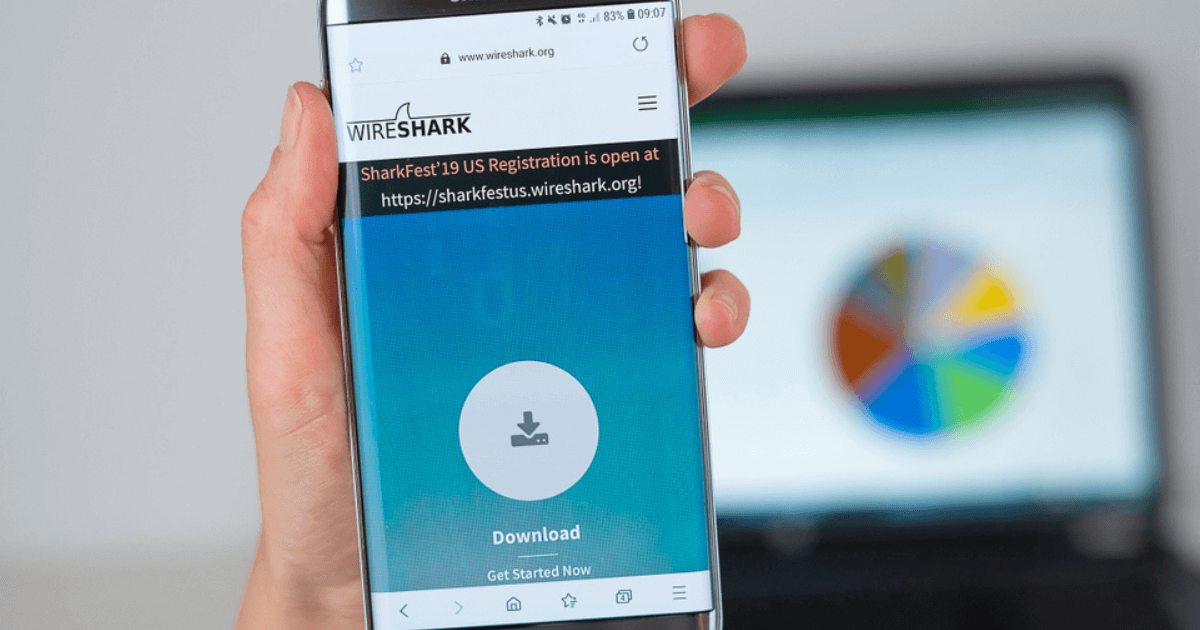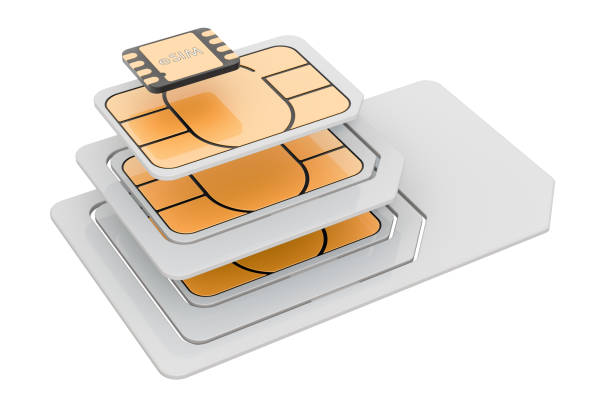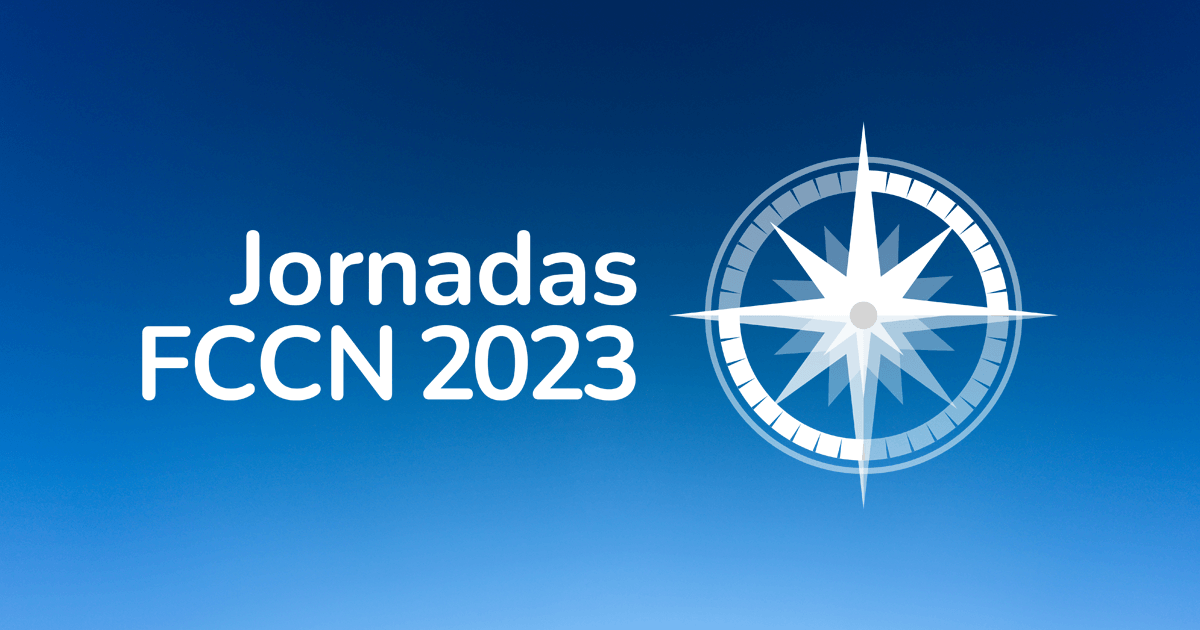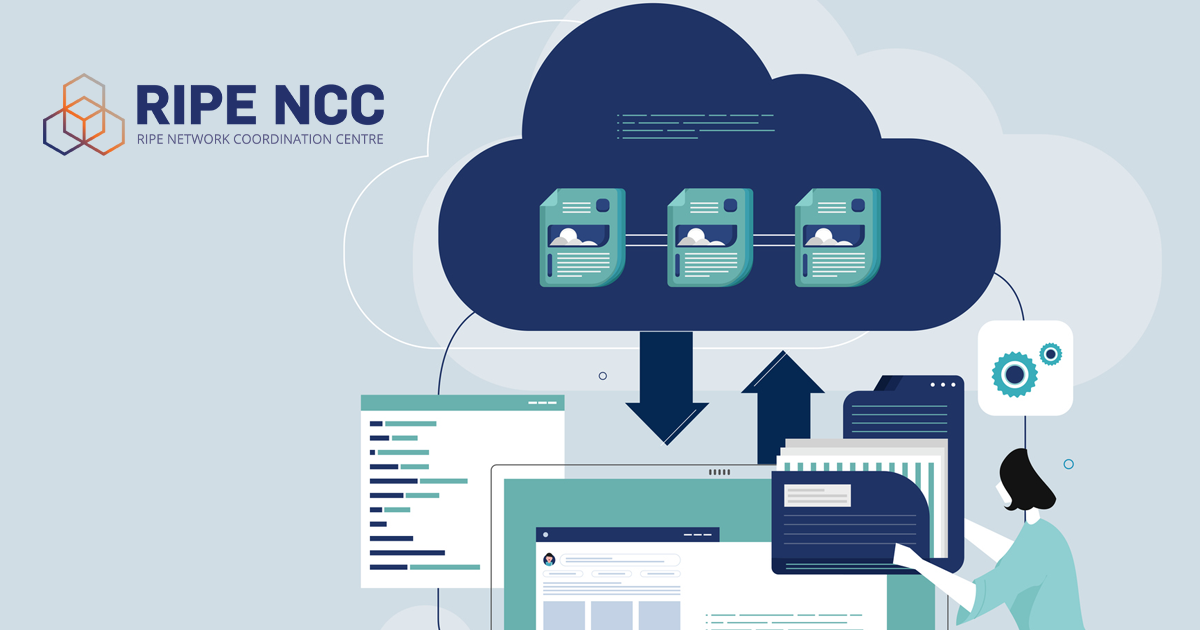

Along with SIP, SDP, or Session Description Protocol, is a fundamental protocol for VoIP and the RCTS VoIP network. In this article, we'll explore the importance of SDP and how it's used to negotiate voice session characteristics.
The VoIP, the SDP is structured within the body of the SIP message (as seen in the image below). Each line is assigned a section that defines different parameters of the session in question, such as codecs, connection time, and security parameters.
Just like SIP, there are certain mandatory sections, such as “v=0”, which indicates the SDP version used and “o=”, which describes who generated the session.
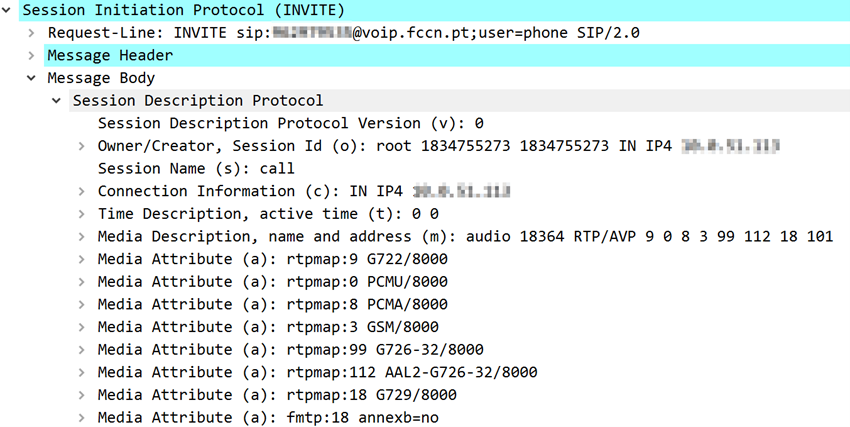
Parameter negotiation occurs when both parties submit their session descriptions, and participants use this information to decide which options should be used in the session. For example, in the image above, we can confirm that in the INVITE (SIP) the various codecs supported by the participant are described.
In conclusion, SDP is our innate negotiator, allowing each session participant flexibility in terms of parameters. Without this flexibility, compatibility and interoperability issues would likely arise in many calls across the network. RCTS VoIP.

